On May 30, the domestic chemical sector futures market rose across the board. As of press time, the main plywood price rose by 10.00% to 261.85 yuan/ton; the main rubber price rose by 1.90% to 15,565.00 yuan/ton; the main force of No. 20 rubber rose by 3.06% to 13,285.00 yuan/ton; the main synthetic rubber rose by 2.02% to 14,365.00 yuan/ton.
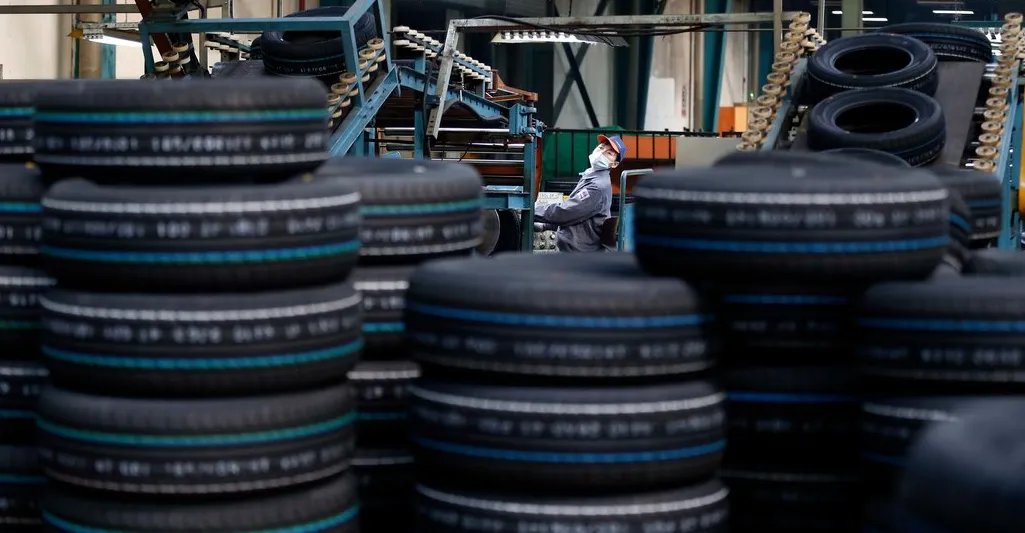
Since the beginning of this year, commodities have fluctuated sharply, and rubber futures have also risen. It is understood that the price of natural rubber futures bottomed out and rebounded in early February, rising to a high of 15,820 yuan/ton on March 19. After that, prices began to fall until early May when they began to rebound.
So, what is the reason behind the recent rubber price breaking through the high point in early April? How long will it last? Will tire prices increase?
Production in major producing areas decreased, and rubber prices soared
It is understood that the reason for this round of rubber surge is due to supply-side disturbances in Thailand and other countries. The main producing areas in the north and northeast of Thailand started harvesting normally in early May, and the southern region started harvesting in late May. However, due to the increase in rainfall disturbances, the output of raw materials fell short of expectations, and the price of raw materials has been rising since early May. Within half a month, the prices of raw materials such as cigarette sheets and cup rubber increased by 7% to 10%.
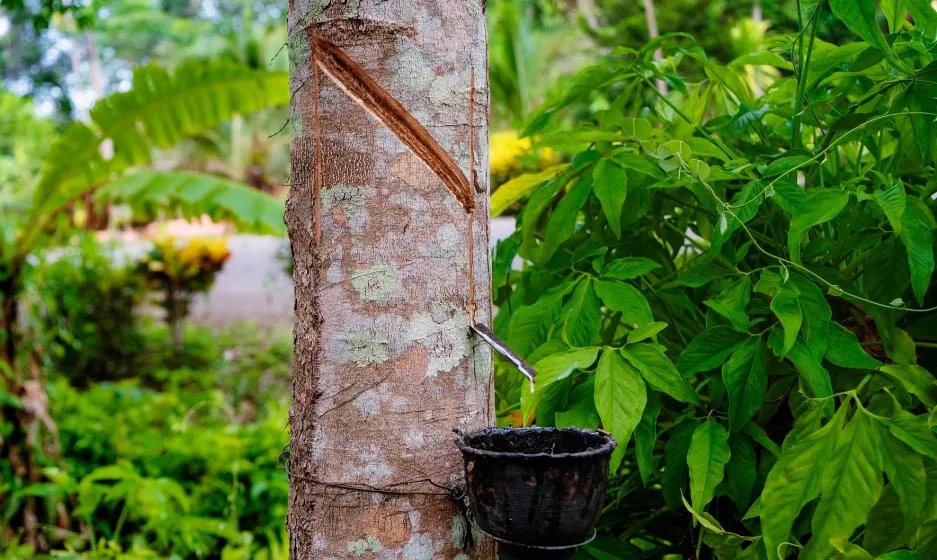
According to the National Climate Center, the equatorial central and eastern Pacific may enter a La Nina state in the summer of 2024, which may bring abundant precipitation to the main producing areas in Southeast Asia, and will be characterized by long duration and heavy rainfall, which may once again cause a decline in rubber production in major overseas rubber producing areas.
Domestically, rubber tapping began in Xishuangbanna and Pu'er around March 25, and Hainan officially started tapping in mid-April. Although the Xishuangbanna region experienced a second suspension of harvesting due to high temperatures and drought, there was sufficient rainfall after the May Day holiday, and the raw material rubber slowly increased, so harvesting resumed as normal in all regions.
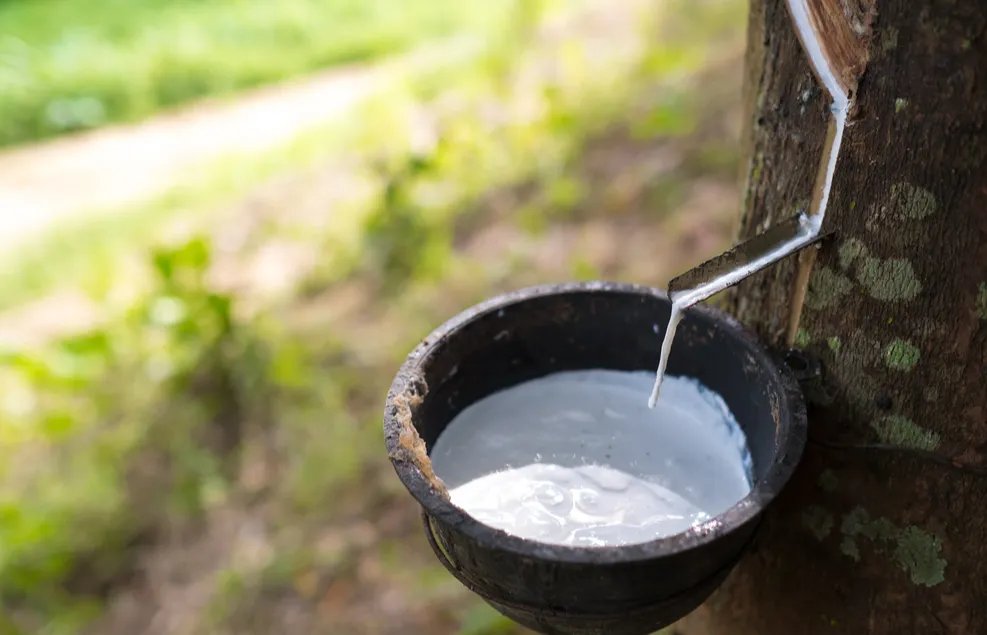
Industry insiders believe that the domestic supply of new rubber is still slow, and some areas have heavy rainfall, which has delayed the pace of new rubber supply. Combined with the limited amount of new imported rubber arriving at the port, the domestic new supply is still limited in the short term, and the destocking rhythm in the spot market continues, providing strong support for the bottom of rubber prices.
In terms of downstream tires, the capacity utilization rate of China's semi-steel tire sample companies was 80.09% from May 17 to May 23, an increase of 0.90 percentage points from the previous month and 2.78 percentage points from the same period last year. Currently, companies have sufficient orders, but most companies are still out of stock.
In addition, the "large-scale equipment renewal and consumer goods trade-in campaign" issued by the State Council is expected to boost rubber demand, which are all strong supports for rubber prices.
Will tire prices increase?
Some people believe that this round of rubber price increase has limited support for tire price increases for two reasons.
First, although rubber prices have risen, they are still at the same level as in March, when more than 60 domestic tire companies had issued price increase notices, most of which were implemented in April and May; Second, the price of carbon black, another major raw material for tires, has been falling.
At the 19th China Rubber Conference this year, Shen Jinrong, chairman of Zhongce Rubber Group, said that the factors affecting the average price of tire raw materials have shifted from rubber to carbon black since 2022. In other words, the price of carbon black is becoming a "barometer" of whether tire prices will rise.
At present, in the domestic carbon black market, the transaction price of new carbon black orders continues to decline as the price of raw material high-temperature coal tar continues to fall, the inventory of some carbon black companies is high, and the downstream suppression sentiment is rising.
On the cost side, coal tar prices in Shanxi and Anhui regions fell significantly this week, with the highest drop in Shanxi reaching 200 yuan/ton. In the case of poor performance of deep-processing products, market feedback shows that mainstream deep-processing enterprises are still operating at a loss, industry players are generally pessimistic about the continuation of coal tar auctions next week, and some even believe that the decline may continue to increase.
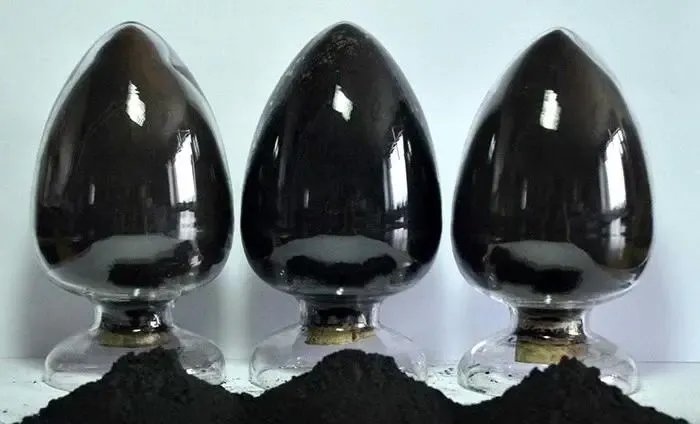
On the supply side, the downstream main market is under pressure and on the sidelines, the inventory of some carbon black companies is obviously too high, and the overall supply in the industry is relatively sufficient. In June, new carbon black plants are planned to be put into production in Shanxi and Shandong, and it is expected that the carbon black supply in the market may increase further in the future.
On the demand side, although the semi-steel market in the main tire industry remained stable, the full-steel market remained weak, with the capacity utilization rate of sample companies being 66.20%. Recently, shipping costs have increased in some regions, coupled with poor performance of the replacement market. According to market feedback, the finished product inventory of some all-steel companies has reached a 50-day high.
The weak demand situation in the carbon black market in the short term is difficult to alleviate, and the cost side is still expected to weaken. It is expected that the price of carbon black will still have room to fall. As a result of this increase and decrease, the overall cost of tires remains stable, but it cannot be ruled out that some companies speculate on prices.
How long will rubber prices continue to be "crazy"?
This round of rubber price increase is a seasonal increase and may not last long. But in the long run, 16,000 yuan/ton will be an important resistance level for RU. Once an effective upward breakthrough is achieved, it will be expected to break the consolidation range of several years, which is also an important reason for the recent acceleration of RU's upward movement.
Industry insiders believe that natural rubber may break out of its ten-year cycle this year and begin a global rise, and it is expected that it will even break through 18,000 yuan/ton in the next few months.
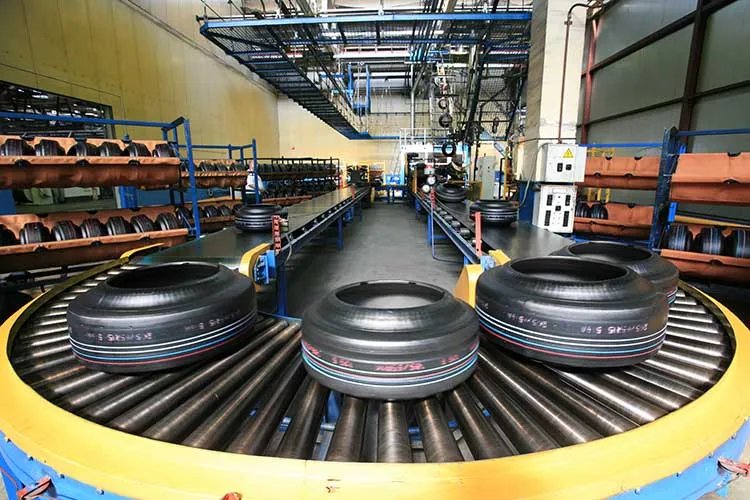
However, we need to be wary of the disconnect between the rapid rise in rubber prices and changes in market supply and demand. Downstream consumer demand is only recovering and cannot reach the high growth rate before 2010.
In addition, the international natural rubber planting area continues to be at a historical high. If the rubber price rises too much and stimulates rubber farmers' enthusiasm for tapping, it is not ruled out that natural rubber production will see explosive growth this year.
Therefore, the majority of tire people should pay close attention to upstream and downstream market conditions, make adequate preparations in advance, guard against market risks, and stock up reasonably to ensure inventory supply.
DLFTECH is a professional equipment marketing & service company built by a senior R&D and marketing team in the tire & conveyor belt equipment industry. Benefiting from the rapid follow up of the international rubber industry's process re-engineering and the demand for industrial intelligence, DLFTECH, the best of the best, has rapidly developed into a new star in the international rubber machinery industry.
If any tire or conveyor belt industry customers need such as bead winding line, tire mold online intelligent laser cleaning system, green tire separant automatic sprayer etc., please feel free to contact info@delphygroup.com.


